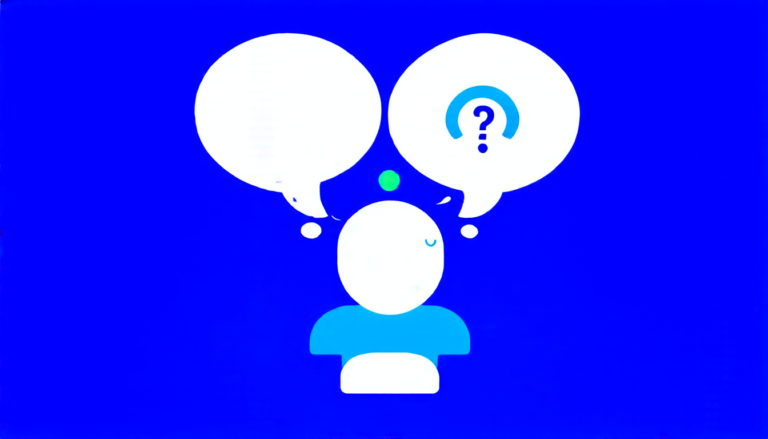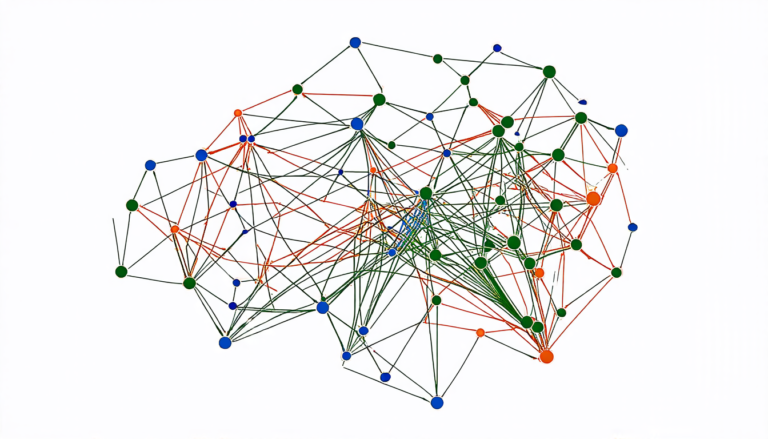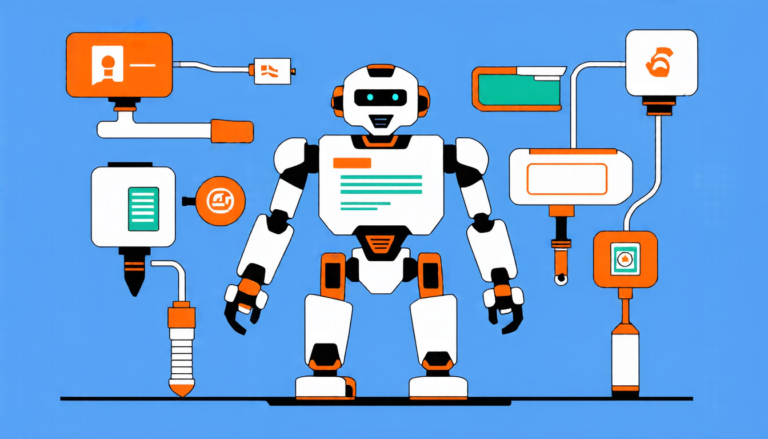Tuesday 08 April 2025
The quest for trust in human-AI interactions has long been a topic of interest, as our reliance on machines continues to grow. A recent study published in the ACM Conference on Human Factors in Computing Systems has shed new light on this issue by introducing VizTrust, a visual analytics tool designed to capture user trust dynamics during human-AI communication.
The researchers behind VizTrust aimed to develop a system that could accurately measure and visualize the evolution of trust between humans and AI systems. They accomplished this by creating a multi-agent collaboration system that utilizes established human-computer trust scales – competence, integrity, benevolence, and predictability – to assess user trust in real-time.
The tool’s architecture is comprised of four agents: a competence trust agent, an integrity trust agent, a benevolence trust agent, and a predictability trust agent. Each agent analyzes the conversation between the human user and AI assistant, rating the user’s trust level based on specific criteria. The agents then aggregate their ratings to provide a comprehensive view of the user’s overall trust.
The researchers tested VizTrust in a chatbot-based scenario, where users interacted with an AI assistant designed to offer advice on stress management. The results showed that VizTrust was able to accurately capture the user’s trust dynamics, including fluctuations and changes throughout the conversation.
One notable aspect of VizTrust is its ability to identify patterns in trust development. By analyzing the conversation data, the tool can pinpoint specific interaction elements that influence trust, such as the AI assistant’s advice or its understanding of the user’s situation.
The potential applications of VizTrust are vast. In the realm of human-AI collaboration, the tool could be used to improve the design of adaptive conversational agents that respond effectively to user trust signals. This could lead to more effective and efficient interactions between humans and machines.
In addition, VizTrust has implications for fields such as healthcare, finance, and education, where accurate trust assessments are crucial. By providing a deeper understanding of human-AI interactions, the tool can help designers and developers create more trustworthy AI systems that benefit both users and organizations.
The development of VizTrust is a significant step forward in the quest to understand human-AI trust dynamics. As we continue to rely on machines for various tasks, it is essential that we prioritize the development of tools like VizTrust, which can help us build stronger, more effective relationships between humans and AI systems.
Cite this article: “Unlocking Human-AI Trust: A Visual Analytics Tool for Capturing User Dynamics in Conversational Interactions”, The Science Archive, 2025.
Trust, Ai, Human-Computer Interaction, Visualization, Analytics, Machine Learning, Chatbots, Stress Management, Collaboration, User Experience







